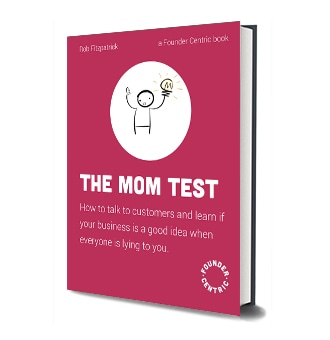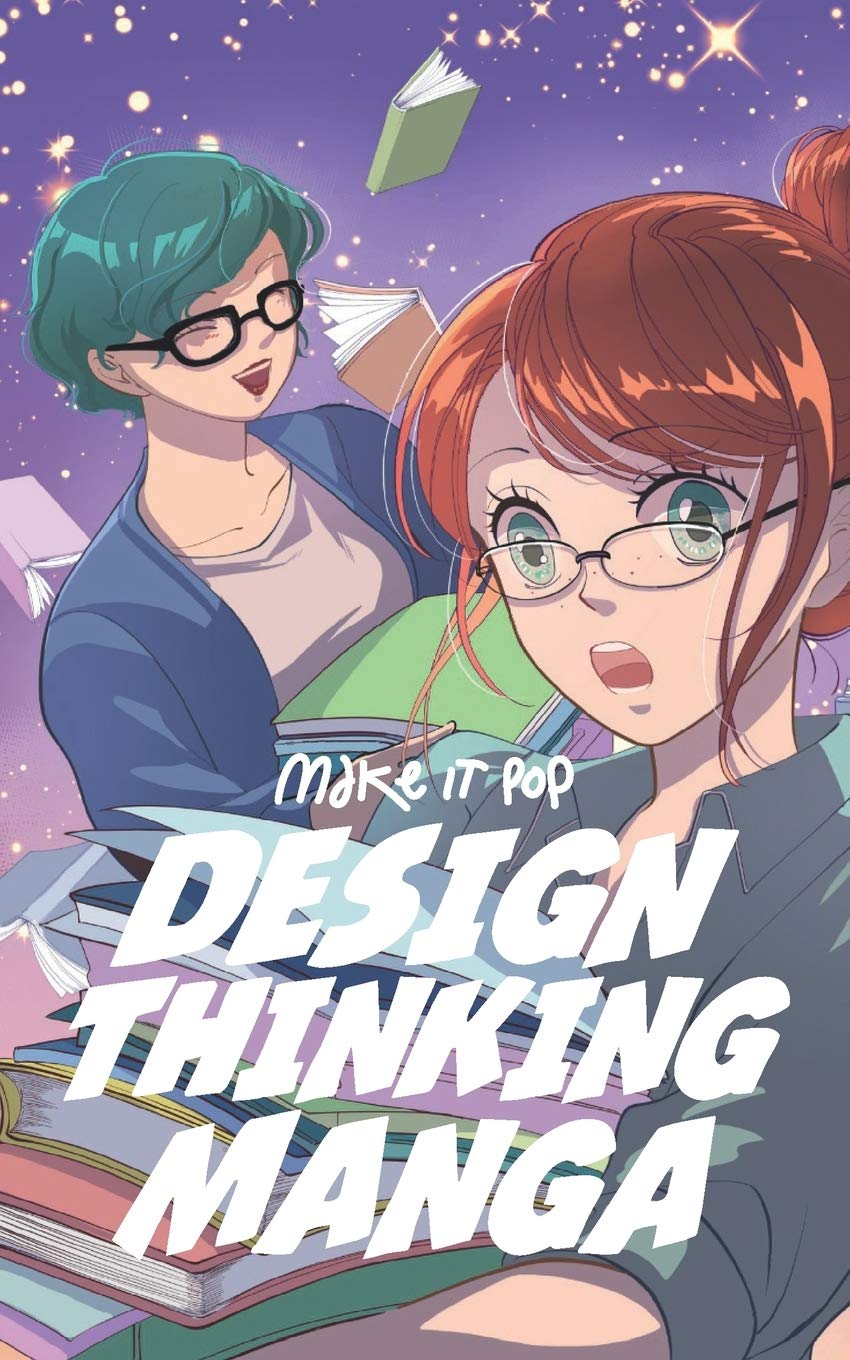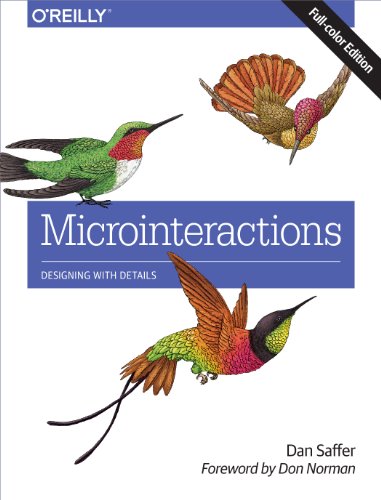Top 3 Books for a UX Newbie
The internet is a fantastic source of information for UX and certainly the basic trends but so often it’s overwhelming; where do you start and there’s always that annoyance when to find out the truly useful information you have to pay or subscribe to a barrage of emails.
I very much still love the joy of reading a book and so I have actively bought a number of UX and industry related books to read to further my understanding and improve my skills. There is still a heap to be read but here are my top 3 so far for someone starting out in UX.

The Mom Test - Rob Fitzpatrick
This was one the the first books I read on my UX journey, being part of the recommended reading list on the UXDI Diploma course.
I initially downloaded it for free on Audible but quickly realised it was a fantastic book that I needed to immortalise in physical form!
The simple premise is that everyone is lying to you when you ask if your product or service is a good idea and you might as well ask your mum (who thinks every idea you have is a great idea). It then leads on to discuss why this is and how easy it is to fall into this trap of thinking your product is wonderful - all because you are asking the wrong questions.
The UXDI course had covered how to ask the right questions when planning a usability test, but this book really went into much more depth and I particularly liked the conversations and then the 'internal monologue' to explain why he was asking that particular question. Another key point I learnt from this book was that if you're not getting consistent goals and pain points from speaking to customers and your research, you're not being specific enough with the customer segment. I felt this linked into the Paradox of Specificity whereby it's not a bad approach to focus on a key customer segment as it will likely work for secondary users too.
Overall a great book which I think I will be coming back to over the years to refresh my mindset in the way I approach talking to users and stakeholders.

Design Thinking Manga - Ade-Lee Adebiyi & Isabelle Johnson
Given to me as a present, I really wasn't sure what to make of this book. I adore manga and think it's a fantastic art form and should be used more for informational purposes, but at the same time it's often simple and I wasn't sure if it would actually provide me any benefit. I was wrong.
Written in a classic black and white manga style, this book takes you through the methodology of Design Thinking using the 'real life' example of Loreta (Project Manager) and Olivia (Product Designer)who have been asked to help a local ice-cream business improve their day-to-day business.
The manga style is so refreshing (I may be biased) and really makes the whole book very light to read, although its not really heavy on content. It covers all the key aspects of Design Thinking and for me it acted as a simple, clear, and easily digestible outline of the key principles which will probably help act as a quick clarifier when my brain is overloaded.
Overall this is a fun book (making a change from the many heavy and technical books), and I'd recommend it to any newbie to UX or perhaps a team member who just needs to understand the basic process.

Microinteractions - Dan Saffer
One of my favourite parts of the UXDI Diploma was microinteractions and so I was keen to get this recommended book despite the price tag (not bad but when you have to buy 5+ books it hurts).
What I call part of the UX series by O'Reilly publishing, this book focuses on microinteractions and takes you through detailed examples of triggers, rules, loops, modes and feedback, pointing out best practices (consistency) as well as covering different screen types.
A lack of feedback from processes and technology is one of my biggest personal pet peeves, and one that just always cropped up in my FLYUX case study; perhaps explaining why I enjoy the microinteraction topic so much. This book covers the full process of microinterations in detail, giving clear examples through real-life products and pictures which are invaluable. I would say it's almost like a mini bible of all the options you could consider when designing a product or service!
Microinteractions are so powerful in a user's experience of a product or service that this book is a gem for evaluating what type and style would work for your user. The only reason it got 4* is because sadly, as a book, it has become outdated in its examples.

